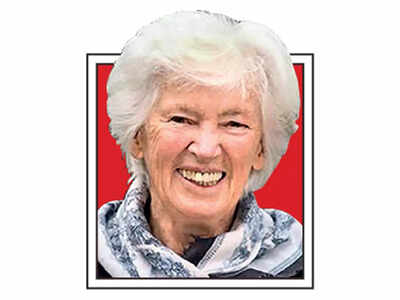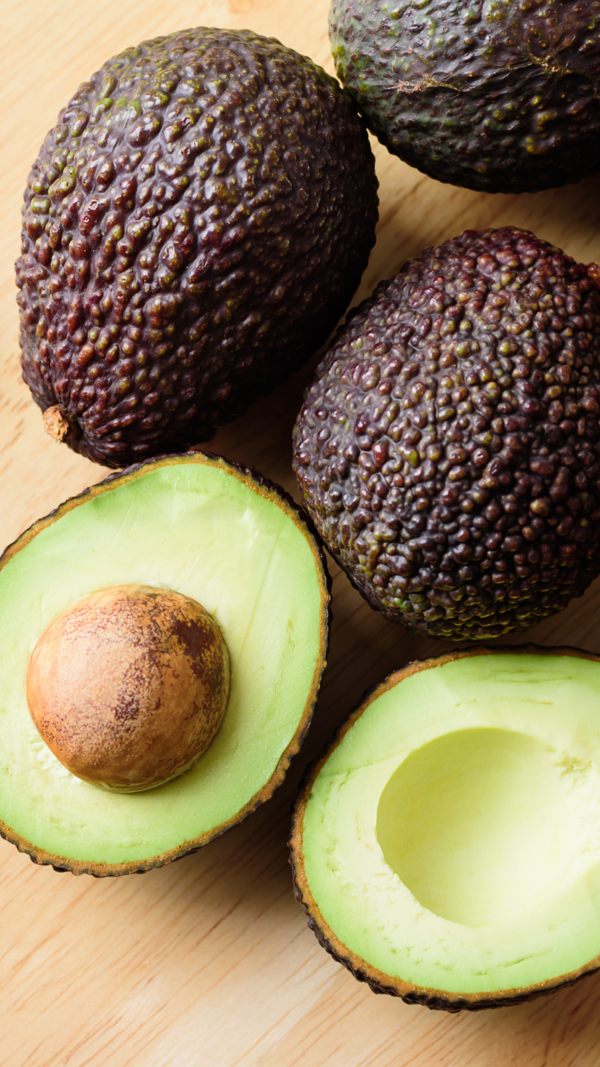- News
- India News
- Times Evoke News
- ‘We saw a drought driving evolution in the Galapagos — Darwin’s finches modify fast’
Trending
This story is from May 20, 2023
‘We saw a drought driving evolution in the Galapagos — Darwin’s finches modify fast’
B. Rosemary Grant is Senior Research Biologist, Emeritus, at Princeton University. Speaking to Srijana Mitra Das at Times Evoke, she discusses how quickly evolution can work among species:
What are among your most significant discoveries in the Galapagos Islands?
With Peter Grant, my husband, we made three important discoveries — evolution by natural selection which happened ‘before our eyes’, introgressive hybridisation and the formation of a new lineage which began behaving like a new species. We’ve studied Darwin’s finches on the small island of Daphne Major in the Galapagos for 40 years. In 1977, the rains that normally arrive in the early part of the year failed — many finches perished due to starvation during the drought. Almost 80% of the medium ground finch population (Geospiza fortis) could not survive after they’d consumed the small and soft seeds available — only those finches with relatively bigger beaks were able to crack open the large and hard seeds that remained. They survived while small-beaked birds didn’t — and the average beak size of the population went up. Natural selection had occurred. Since beak size is a genetically heritable trait, the parents passed this on to the next generation. Hence, the young birds also had large beaks. Evolution — a genetic change from one generation to the next — had occurred in response to natural selection.
The second discovery was species exchanging genes by hybridising. When hybrids breed with members of either of the parental populations, genes are transferred from one species to the other. This is ‘introgressive hybridisation’. On Daphne, we found the medium ground finch (Geospiza fortis) occasionally bred with the cactus finch (G. scandens) and the small ground finch (G. fuliginosa), a rare immigrant to the island. Hybrids are surprisingly fit and, unlike many other birds and animals, they can breed successfully with another species. We term this ‘backcrossing’ — suppose a male cactus finch breeds with a female medium ground finch. The father’s song is a key determinant of the offspring’s mating process. The hybrid sons sing his characteristic song and breed with a female cactus finch while his hybrid daughters breed with a male cactus finch. In this process, a gene that starts in G. fortis (the mother) is transferred to the G. scandens population. Such introgressive hybridisation is an example of genetic exchange between populations which are in the early stages of becoming fully formed, non-interbreeding species. It also shows how evolution by natural selection may be facilitated by an increase in genetic variation due to introgression.

Our third discovery was a new lineage of finches on Daphne, initiated by the arrival of a male from a different species, a large cactus finch, G. conirostris. It had flown in from Española island in the south-east of the archipelago. Instead of returning to breed at its birthplace, as most immigrants to Daphne do, it stayed on — after two years, it acquired a mate among the medium ground finches. They produced hybrid offspring. We followed this lineage for six generations. From generation three onwards, they bred with each other and not with medium ground finches. They were behaving as a new species — this can arise by hybridisation and it can happen very rapidly.
Evolution is imagined to be slow — were you surprised to see it develop so fast?
Initially, we knew there was a chance of being able to witness natural selection and evolution in the following generation of Galapagos finches because the environment oscillated between extremes of drought and abundant rain — the chance became much more likely when we discovered that the finches’ beak size and body size traits were highly heritable, meaning that they are genetically variable. We were surprised when the possibility of evolution caused by drought turned out to be a demonstrable fact.

PATIENT NATURE: The iconic Galapagos iguana dates back over ten million years in evolution. Photo courtesy: iStock
What implications do these rapid evolutionary changes have for biodiversity facing global warming now?
Climate change is happening slowly and gradually but, as far as we know, the effects are felt more in the Galapagos marine environment than in the terrestrial habitat. Darwin’s finches, especially those that are genetically variable due to hybridising, are likely to evolve in response to a gradually changing environment.

THE SEALION’S REGAL SEAT: The Galapagos’ rich ecological fabric shows in sesuvium red herbs. Photo courtesy: iStock
As we approach Biodiversity Day on 22 May, can you tell us why you’ve found Galapagos so special?
People describe these islands as a place with a mystique of their own, magical, even enchanted. They are remote, far from continental areas of human civilisation and tenanted by unique animals that look familiar but are actually different from animals elsewhere. There is an approachability to these beings — you see sealions lying on the beach as you walk past them, finches and mockingbirds hopping around, apparently fearless, seabirds reluctant to leave their nests even when you approach. We lived very close to some of them and felt as though they had become our companions, especially the mockingbirds, night herons and lava herons — all these features, combined with the remoteness of the islands, can give the impression they are at the end of the world.


Stay updated with the latest India news, weather forecast for major cities like Delhi, Mumbai, Noida, and Bengaluru on Times of India.
End of Article
FOLLOW US ON SOCIAL MEDIA







